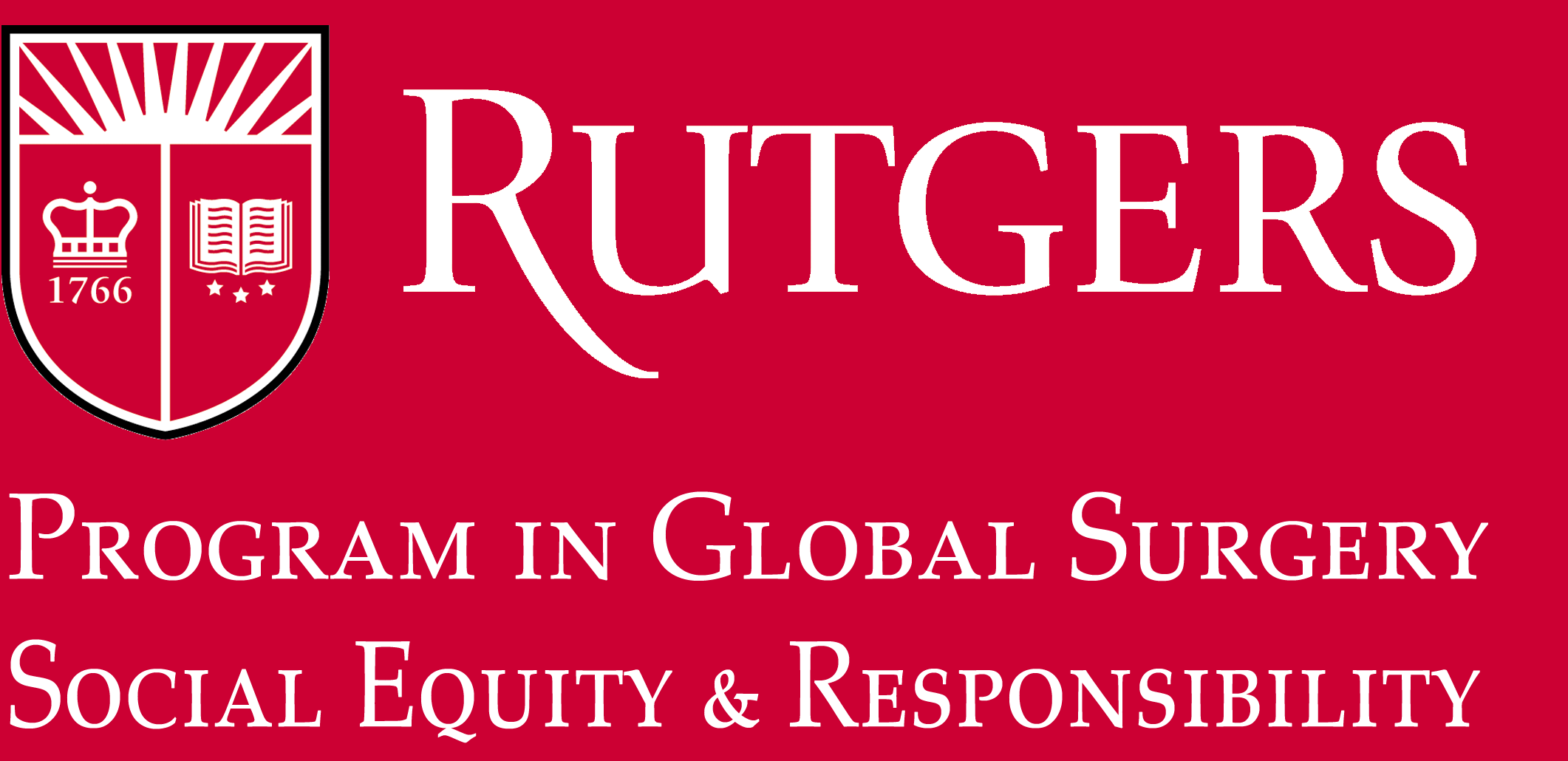Landmark Publications
Global Surgery Background
Global access to surgical care: a modelling study describes and models the steps required for an individual to gain access to surgical care showing that 5 billion people lack access.
Global Surgery 2030: evidence and solutions for achieving health, welfare, and economic development is the hallmark publication put forth by the Lancet Commission on Global Surgery highlighting the 5 key messages and proposition of the 6 surgical indicators, which have been adopted as World Development Indicators (WDIs).
The Lancet website has additional information including a Global Surgery 2030 overview, a brief about the 6 WDIs, and a brief about the benefits of investing in surgical and anaesthesia care. Los escritos también están disponibles en español: visión de conjunto, indicadores de desarrollo quirúrgico mundial, invirtiendo en quirúrgico y de anestesia
WHA 68.15 acknowledges emergency and essential surgical care and anaesthesia as a core component of universal health coverage
Disease Control Priorities 3, Volume 1: Essential Surgery discusses more generally about surgery’s place in global health and how surgical disease adds to the overall global burden of disease.
Examples of LCoGS Indicator Work
Collecting data for global surgical indicators: a collaborative approach in the Pacific Region shows the results of indicator 1-4 collection in 13 countries over a 6 month period using various methods over a large diverse geographical region containing both high-income and low-income countries.
Using global surgical indicators to improve trauma care in Latin America touches upon the use and development of a trauma care systems to help facilitate the effective implementation of LCoGS indicator measurement
Assessing the Brazilian surgical system with six surgical indicators: a descriptive and modelling study shows a characterization of the Brazilian surgical health system and depicts good example of geographic disparities that more than likely exist in many countries where global surgery work is being done.
Global Surgery Background
Global access to surgical care: a modelling study describes and models the steps required for an individual to gain access to surgical care showing that 5 billion people lack access.
Global Surgery 2030: evidence and solutions for achieving health, welfare, and economic development is the hallmark publication put forth by the Lancet Commission on Global Surgery highlighting the 5 key messages and proposition of the 6 surgical indicators, which have been adopted as World Development Indicators (WDIs).
The Lancet website has additional information including a Global Surgery 2030 overview, a brief about the 6 WDIs, and a brief about the benefits of investing in surgical and anaesthesia care. Los escritos también están disponibles en español: visión de conjunto, indicadores de desarrollo quirúrgico mundial, invirtiendo en quirúrgico y de anestesia
WHA 68.15 acknowledges emergency and essential surgical care and anaesthesia as a core component of universal health coverage
Disease Control Priorities 3, Volume 1: Essential Surgery discusses more generally about surgery’s place in global health and how surgical disease adds to the overall global burden of disease.
Examples of LCoGS Indicator Work
Collecting data for global surgical indicators: a collaborative approach in the Pacific Region shows the results of indicator 1-4 collection in 13 countries over a 6 month period using various methods over a large diverse geographical region containing both high-income and low-income countries.
Using global surgical indicators to improve trauma care in Latin America touches upon the use and development of a trauma care systems to help facilitate the effective implementation of LCoGS indicator measurement
Assessing the Brazilian surgical system with six surgical indicators: a descriptive and modelling study shows a characterization of the Brazilian surgical health system and depicts good example of geographic disparities that more than likely exist in many countries where global surgery work is being done.
